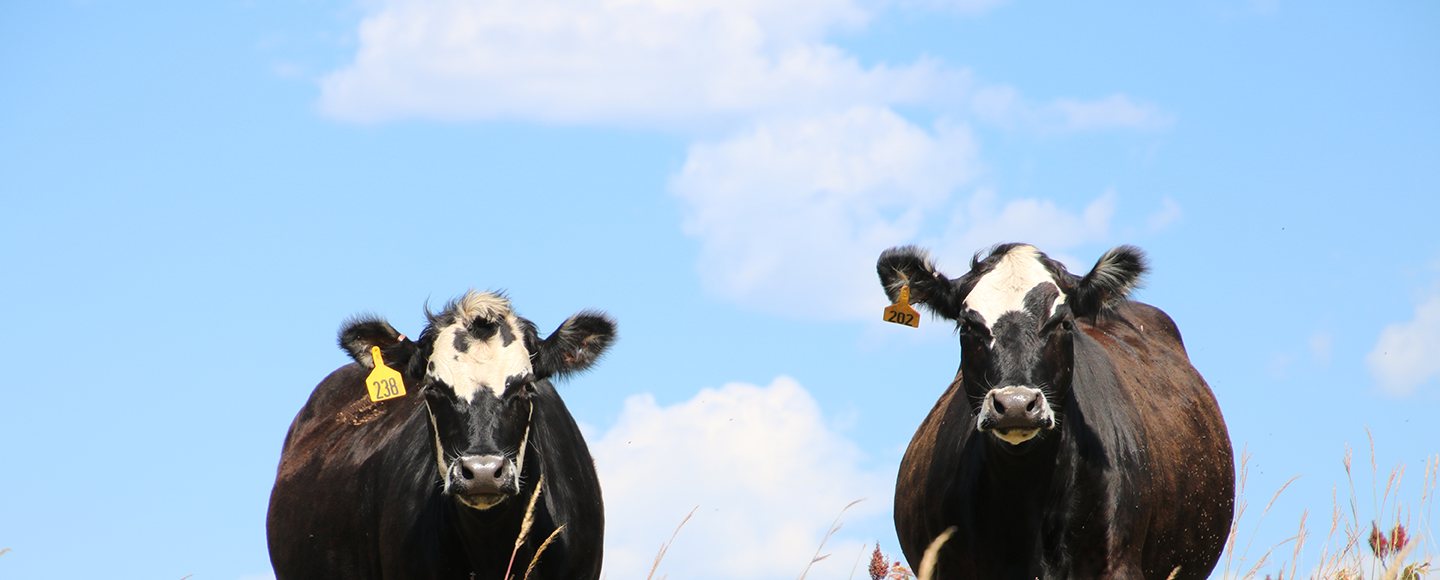
Widespread prescribed burning took place across the Flint Hills March 25-26 before windy and wet conditions narrowed the window of opportunity late in the week. According to the Kansas Flint Hills Smoke Management Facebook page, preliminary data from air quality monitors throughout the region indicated National Ambient Air Quality Standards for those two days remained in the moderate or good categories.
Ranchers and landowners are encouraged to continue using the forecast map and smoke modeling tool at www.ksfire.org before deciding when to burn. The map shows the potential smoke impact of burning in certain areas on urban air quality. By inputting a specific location, the modeling tool illustrates where the smoke will go from that particular site. Both functions are available for mobile devices.
The Flint Hills Smoke Management Plan is voluntary, leaving flexibility in the hands of land managers, but puts the responsibility on him or her to make wise decisions. Some confusion exists about the only regulation contained in the plan, which is a ban on the burning of land-clearing debris, crop residues, construction materials and yard waste in 16 counties during April. Counties affected are Butler, Chase, Chautauqua, Cowley, Elk, Geary, Greenwood, Johnson, Lyon, Marion, Morris, Pottawatomie, Riley, Sedgwick, Wabaunsee and Wyandotte. The ban is intended to lessen the smoke impact during the month when most prescribed burning occurs. Agricultural burning related to the management of prairie or grasslands and Conservation Reserve Program acres is allowed during April.